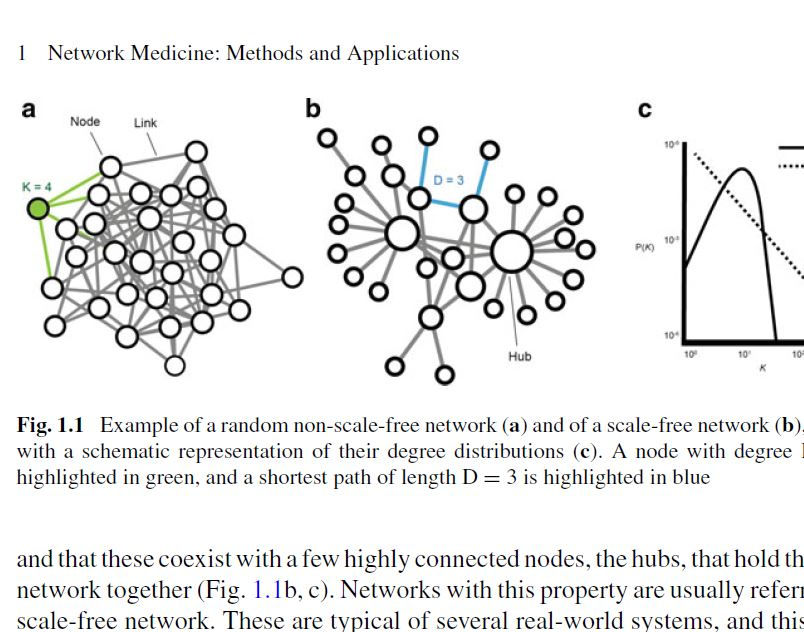Network Medicine: Methods and Applications
The structure and function of biological systems are determined by a complex network of interactions among cell components. Network medicine offers a toolset for us to systematically explore perturbations in biological networks and to understand how they can spread and affect other cellular processes. In this way, we can have mechanistic insights underlying diseases and phenotypes, evaluate gene function in the context of their molecular interactions, and identify molecular relationships among apparently distinct phenotypes. These tools have also enabled the interpretation of heterogeneity among biological samples, identification of drug targets and drug repurposing as well as biomarker discovery. As our ability to profile biological samples increases, these network-based approaches are fundamental for data integration across the genomic, transcriptomic, and proteomic sciences. Here, we review and discuss the recent advances in network medicine, exploring the different types of biological networks, several methods, and their applications.
Authors
Italo F. do Valle;Helder I. Nakaya
External link
Publication Year
Publication Journal
Associeted Project
Network & Precision Medicine
Lista de serviços
-
RASL11A, member of a novel small monomeric GTPase gene family, is down-regulated in prostate tumors.RASL11A, member of a novel small monomeric GTPase gene family, is down-regulated in prostate tumors.
-
Splice variants of TLE family genes and up-regulation of a TLE3 isoform in prostate tumors.Splice variants of TLE family genes and up-regulation of a TLE3 isoform in prostate tumors.
-
Concepts on Microarray Design for Genome and Transcriptome AnalysesConcepts on Microarray Design for Genome and Transcriptome Analyses
-
The iron stimulon of Xylella fastidiosa includes genes for type IV pilus and colicin V-like bacteriocins.The iron stimulon of Xylella fastidiosa includes genes for type IV pilus and colicin V-like bacteriocins.
-
Origins of the Xylella fastidiosa prophage-like regions and their impact in genome differentiation.Origins of the Xylella fastidiosa prophage-like regions and their impact in genome differentiation.
-
The role of prophage in plant-pathogenic bacteria.The role of prophage in plant-pathogenic bacteria.
-
Genetic control of immune response and susceptibility to infectious diseases.Genetic control of immune response and susceptibility to infectious diseases.
-
Building capacity for advances in tuberculosis research; proceedings of the third RePORT international meeting.Building capacity for advances in tuberculosis research; proceedings of the third RePORT international meeting.
-
São Paulo School of Advanced Sciences on Vaccines: an overview.São Paulo School of Advanced Sciences on Vaccines: an overview.
-
A reasonable request for true data sharing.A reasonable request for true data sharing.

